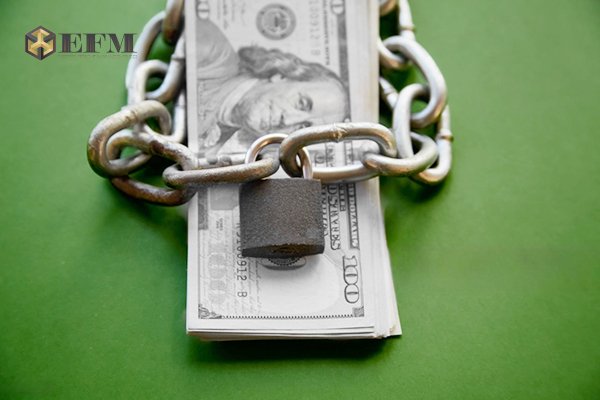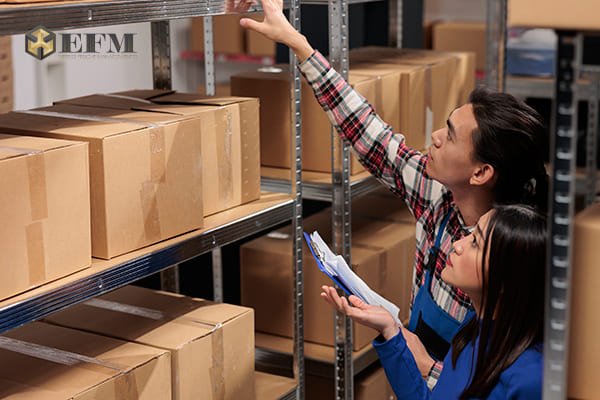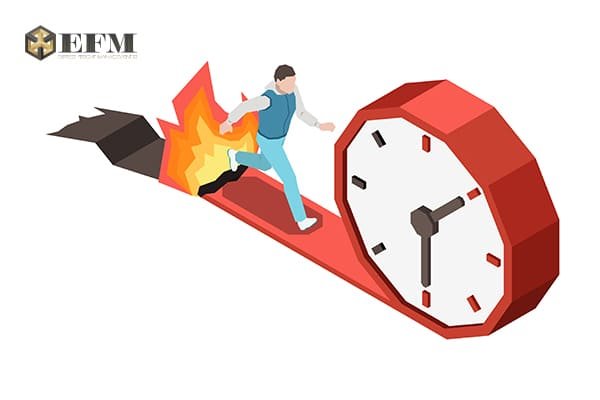Air Freight Is Actually Cheaper Than You Think

The US-ASEAN trade corridor is a dynamic, two-way street. For example, an American tech company might export finished servers to a data center in Singapore while simultaneously importing specialized microchips from Malaysia. When it comes to shipping, two options are usually presented, like $200 for sea freight and $1000 for air freight. To save $800, one would instinctively choose the container ship. This article will argue why that “saving” could be one of the most expensive business mistakes you ever make.
Total Cost
The common belief is that air freight is a premium, expensive service for emergencies only. This is based on looking at a single number on a quote sheet. However, the true cost of shipping does not lie on that invoice. It’s hidden in your balance sheet, your warehouse rent, and your final sales figures. When taking into account the total cost of ownership, air freight may actually be cheaper than you think!
Frozen Capital

The biggest hidden expense in shipping is time. Sea freight is slow, with transit times of 15-45 days versus 1-7 days for air. During this long transit, your products are “dead money”—capital tied up in inventory that you cannot sell. What’s the big deal? After all, you would make back that money once the goods arrive and are sold, right? Well, not exactly. That inventory is more like a leaking bucket, dripping value every single day.
Enter the carrying cost. Also known as holding cost, it is a hidden expense that a business pays for the inconvenience of owning and storing unsold inventory. As a general rule, the total annual carrying cost for a business is estimated to be 20% to 30% of the inventory’s total value. So if your business holds a hundred grand worth of inventory, it is secretly costing you twenty to thirty thousand dollars annually just to let it sit there.
Using that figure, a 100,000 shipment by sea traveling for 30 days costs you 1,463 dollars in tied-up capital alone. That same shipment traveling for 5 days by air costs only 274 dollars. By choosing air, you would have already clawed back $1,369 of the price difference simply by getting your cash back to work a month faster.
Warehousing

Sea freight operates on a model of volume. This encourages large, infrequent shipments that then require significant warehousing. Air freight’s model of smaller, more frequent shipments allows for a “just-in-time” approach that directly attacks your storage costs. Paying to store goods you can’t yet sell is a pure financial drain.
Reducing your reliance on warehousing generates direct savings that rarely appear on a freight quote. A leaner supply chain achieved through air freight means:
- Less warehousing space is needed, which lowers your monthly rent, utility, and labor bills.
- Less inventory sits on shelves, which reduces your financial risk from product damage, theft, or obsolescence.
Fewer handling touchpoints—from port to warehouse to distribution center—also lower the chance of costly product damage. This efficiency is another hidden financial benefit of a faster supply chain.
Speed

In many industries, speed is the business model. The money “saved” on a slow sea shipment is meaningless if you miss your sales window. A U.S. fashion brand exporting to the trendy markets in Singapore cannot afford to arrive a month after a trend has peaked. Likewise, a U.S. retailer importing the year’s hottest electronic gadget to Vietnam for the holiday season loses thousands in profit for every day it’s out of stock.
This is the cost of a lost opportunity. The profit you lose by being late almost always outweighs the extra cost of air freight. You should not think of it as paying more for shipping. You should think of it as investing in revenue. The ability to respond to market demand in days, not weeks, is a powerful competitive and financial weapon.
In Practice
Air freight becomes your cheaper, more strategic option when you move beyond the freight quote. It is the right choice for your business when:
- Your products are high-value but not necessarily heavy, such as consumer electronics, jewelry, or medical devices.
- Your inventory carrying costs are high, and you cannot afford to have working capital frozen for over a month.
- Speed to market is a critical competitive advantage for your import or export business.
- You want to reduce warehousing costs by operating on a lean, “just-in-time” inventory model.
- The security and integrity of your product during transit are absolutely non-negotiable.
Conclusion
A single freight quote is just one number, but a truly smart business decision must be based on all of them. The real choice you face is not between cheap and expensive, but between a visible cost and a dozen hidden ones. When taking a step back to look at the full picture, air freight is actually cheaper than you think.
To determine the most advantageous path, it is best to consult with an experienced freight forwarder. A qualified partner can analyze your specific needs and manage the complexities of customs, storage, and transport, ensuring you implement the most effective solution.
For nearly two decades, Express Freight Management has been the trusted partner for businesses shipping between the United States and Southeast Asia. We handle the technological complexity for you, managing everything from carrier selection and customs clearance to warehousing. Discover a streamlined approach to logistics with Express Freight Management for your shipping needs between the United States and Brunei, Cambodia, Indonesia, Laos, Malaysia, Myanmar, Philippines, Singapore, Thailand, and Vietnam today!
